 To enhance service speed and avoid tariff delays, we've opened a US warehouse. All US orders ship directly from our US facility.
To enhance service speed and avoid tariff delays, we've opened a US warehouse. All US orders ship directly from our US facility.
| Cat. No. | Product Name | Field of Application | Chemical Structure |
|---|---|---|---|
| DC36830 | ML-226 Featured |
ML-226 is an inhibitor of α/β hydrolase domain-containing protein 11 (ABHD11) that inhibits ABHD11 in vitro and in situ.
More description
|
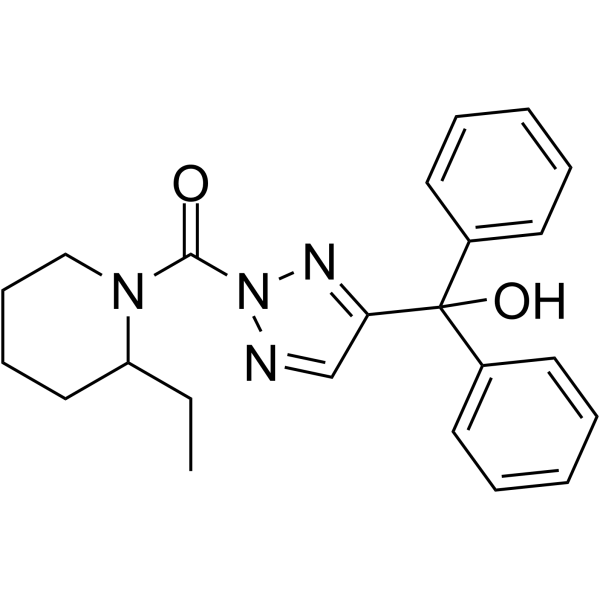
|
| DC34057 | NCGC607 Featured |
NCGC607 is a a small-molecule noninhibitory chaperone of glucocerebrosidase.
More description
|
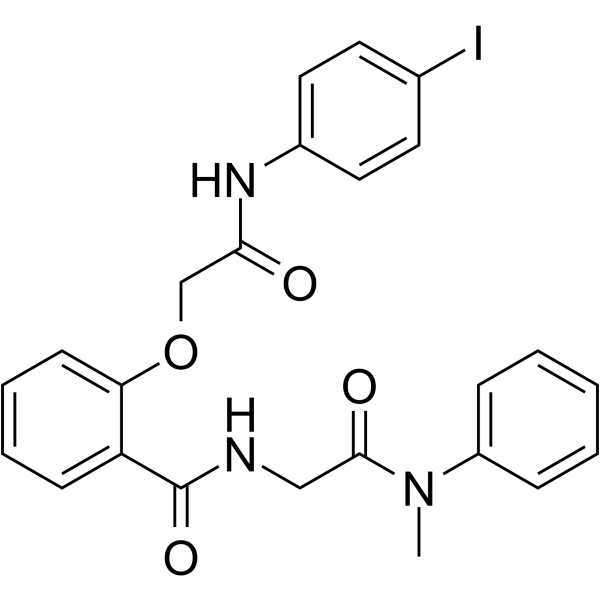
|
| DC22157 | Metarrestin Featured |
Metarrestin (ML246) is a specific inhibitor of perinuclear compartment (PNC), disrupts PNCs in PC3M-GFP-PTB cells with IC50 of 0.39 uM, specifically binds eEF1A2.
More description
|
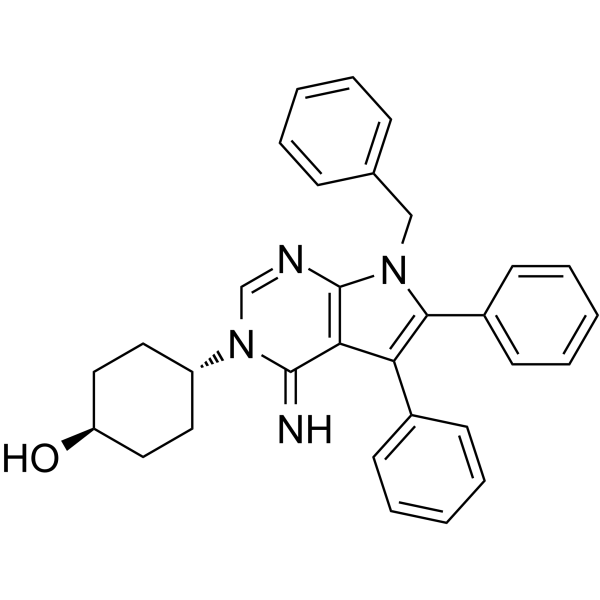
|
| DC11170 | AF64394 Featured |
AF64394 is a potent, selective GPR3 inverse agonist with pIC50 of 7.3, displays >100-fold selectivity over GPR6 and GPR12.
More description
|
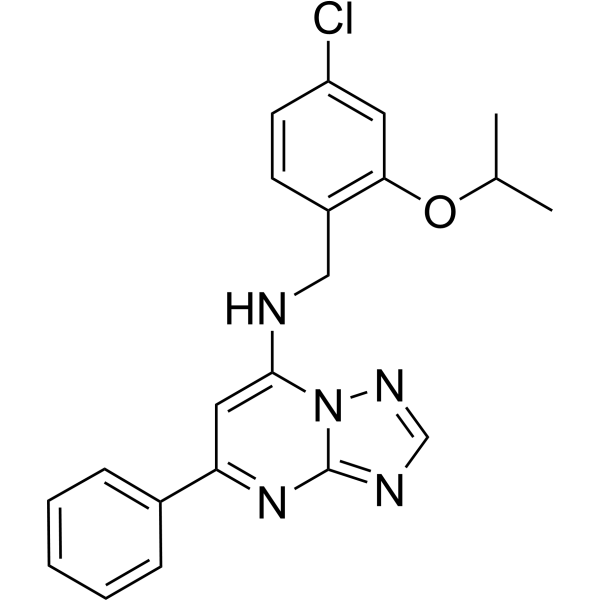
|
| DC21581 | RO 5203648 Featured |
RO5203648 is a high-affinity, selective partial agonist of TAAR1 (trace amine-associated receptor 1) that represents an innovative pharmacological approach for investigating neuropsychiatric disorders.
More description
|
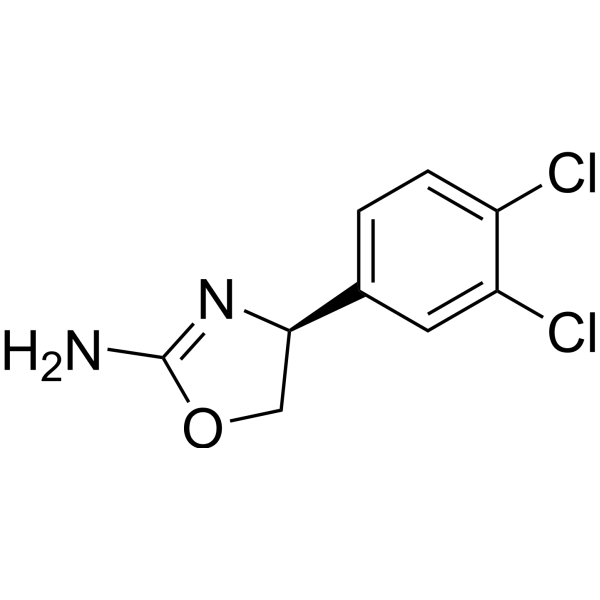
|
| DC12222 | ML311 Featured |
ML311 is a potent and selective inhibitor of the Mcl-1/Bim interaction.
More description
|
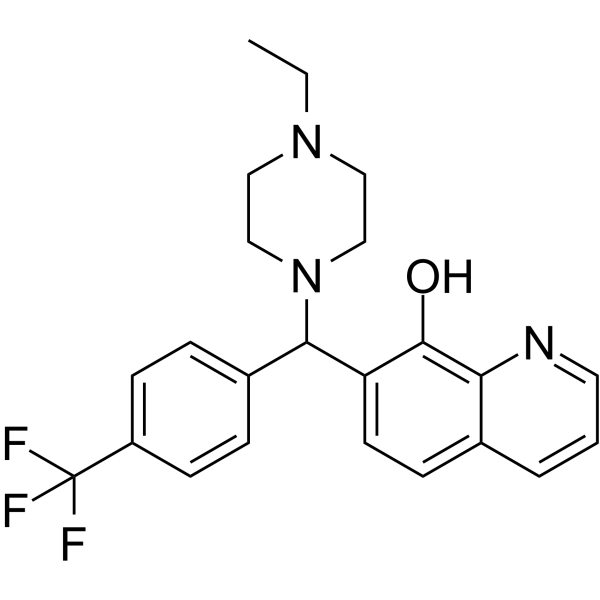
|
| DC33034 | MSBN Featured |
MSBN is a highly selective fluorogenic probe for thiols, selectively imaging thiols in live cells and specifically label protein thiols with a turn-on signal to determine diverse reversible protein thiol modifications.
More description
|
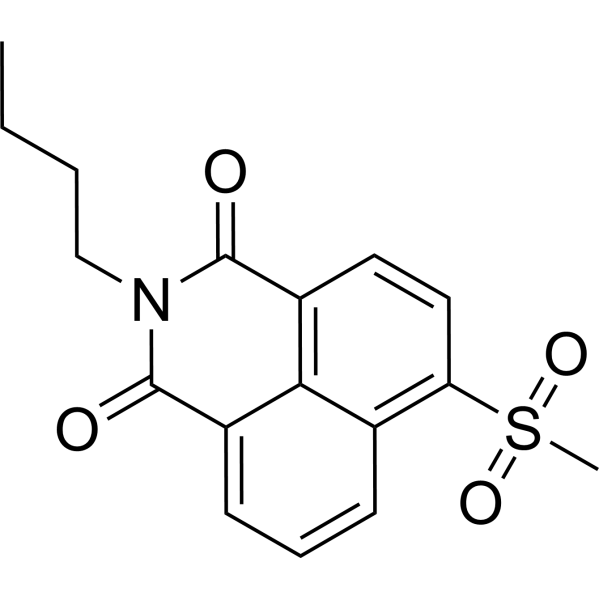
|
| DC34286 | BRD6688 Featured |
BRD6688 is a selective HDAC2 inhibitor. It acts by enhancing the learning and memory processes.
More description
|

|
| DC34349 | Creatine riboside Featured |
Creatine riboside is the strongest classifier of lung cancer status in all and stage I-II cases, important for early detection, and also associated with worse prognosis in stage I-II lung cancer.
More description
|

|
| DC21399 | AEM1 Featured |
NRF2 inhibitor AEM1 is a specific small molecule inhibitor of Nrf2 transcriptional activity in cancer cells, shows no activity against a panel of >100 kinases (including isoforms of PI3K, AKT, and PKC).
More description
|
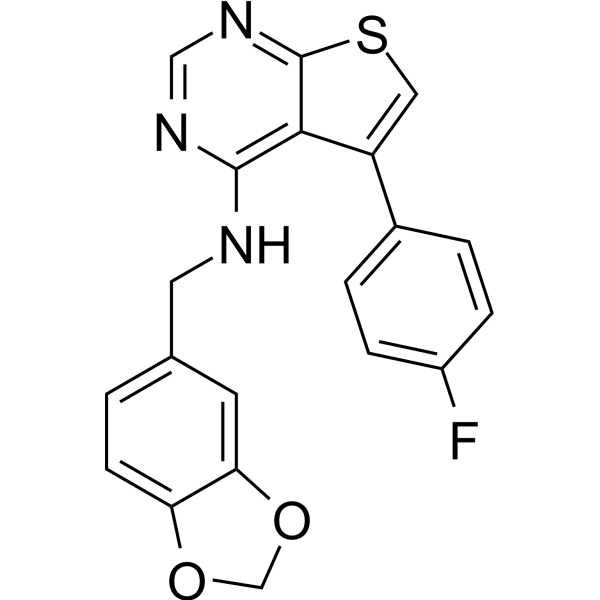
|
| DC34392 | JCP174 Featured |
JCP174 is an inhibitor of a depalmitoylase that enhances Toxoplasma host-cell invasion by targeting TgPPT1.
More description
|

|
| DC26093 | PH-064 Featured |
PH-064 (also known as BIM-46187) functions as a potent inhibitor targeting the heterotrimeric G-protein signaling complex.
More description
|
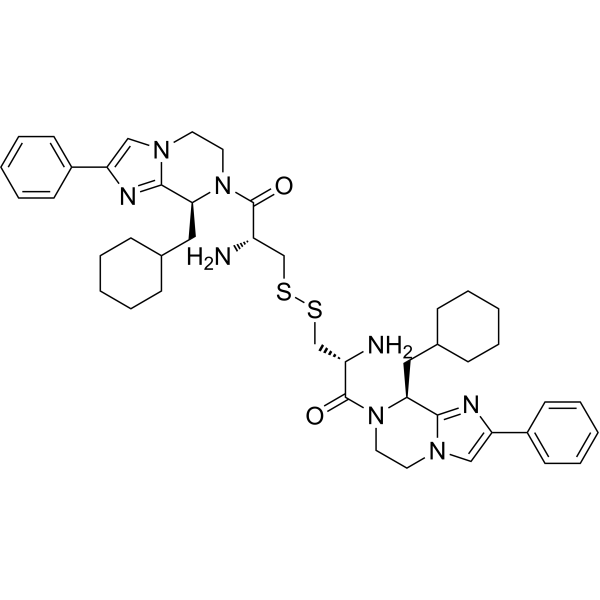
|
| DC20336 | CE3F4 Featured |
CE3F4 is a potent, noncompetitive EPAC1 inhibitor that blocks EPAC1-induced Rap1 activation both in cell-free systems and in intact cells and did not influence protein kinase A holoenzyme activity.
More description
|
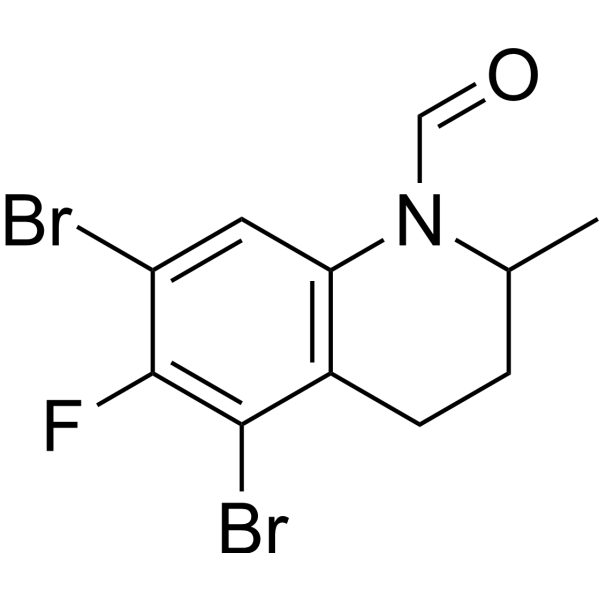
|
| DC22904 | VPC 23019 Featured |
VPC 23019 is an aryl amide-based S1P receptor modulator that demonstrates receptor subtype selectivity. It functions as a competitive antagonist at S1P1 (pKi=7.86) and S1P3 (pKi=5.93), while acting as an agonist at S1P4 (pEC50=6.58) and S1P5 (pEC50=7.07) receptors.
More description
|
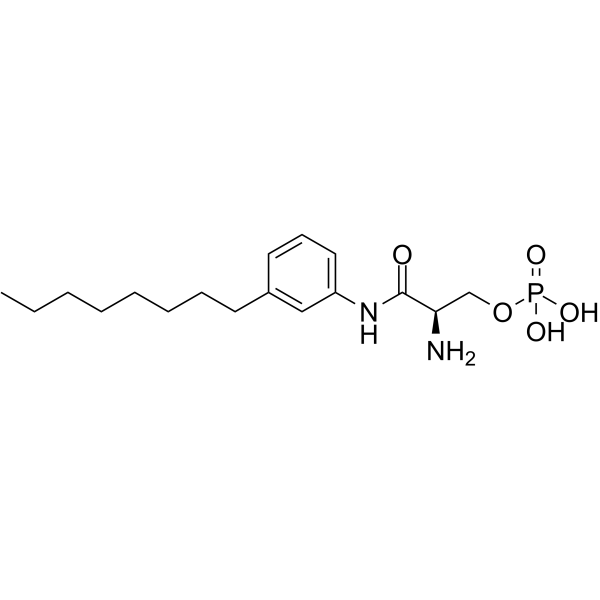
|
| DC20898 | ML298 Featured |
ML298 demonstrates potent and selective inhibition of phospholipase D2 (PLD2), exhibiting an IC50 of 355 nM while showing minimal activity against PLD1 (IC50 >20 μM), representing >53-fold selectivity.
More description
|
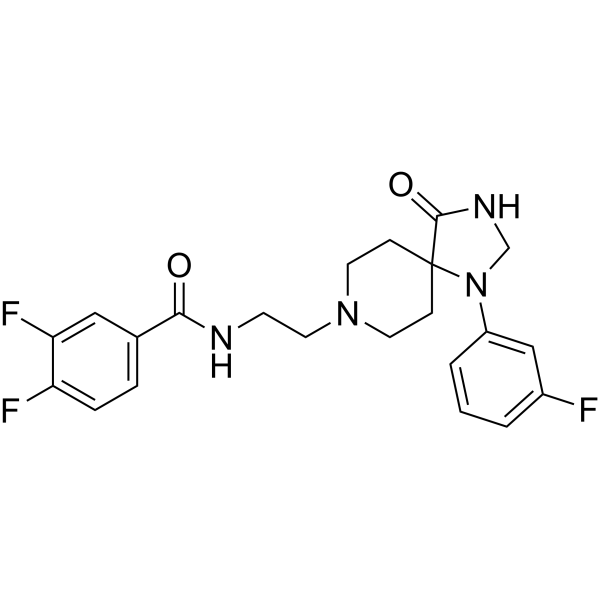
|
| DC7366 | Atglistatin Featured |
Atglistatin is a potent and selective inhibitor of adipose triglyceride lipase (ATGL), effectively suppressing lipolysis activity. In vitro studies demonstrate its inhibitory effect with a half-maximal inhibitory concentration (IC50) of 0.7 μM.
More description
|

|
| DC34388 | ML336 Featured |
The small molecule ML336 demonstrates specific antiviral activity against the TC-83 strain of Venezuelan equine encephalitis virus (VEEV) by functioning as a potent inhibitor.
More description
|
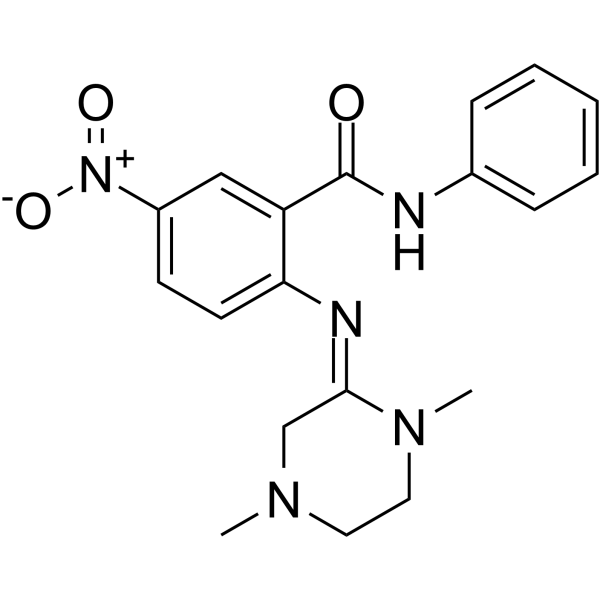
|
| DC33464 | GSK 2830371 Featured |
GSK 2830371 is a selective inhibitor of the WiP1 phosphatase that demonstrates potent antitumor activity in both lymphoma and neuroblastoma preclinical models by suppressing malignant cell proliferation.
More description
|
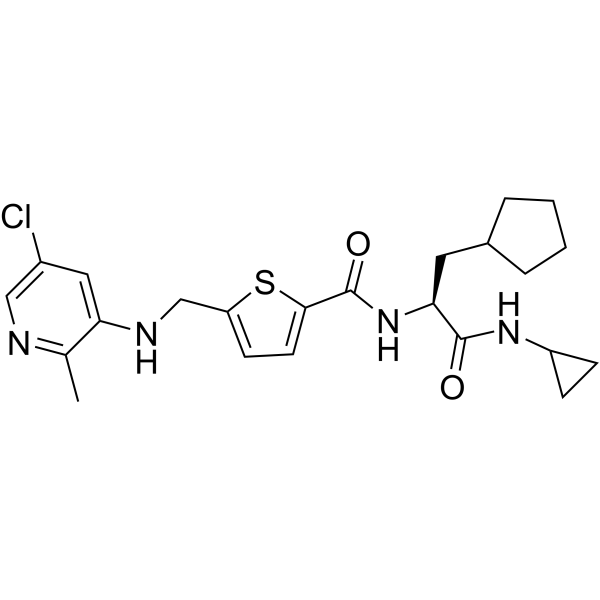
|
| DC20602 | 5F 203 Featured |
5F-203 (NSC-703786) exhibits its anticancer properties through a multimodal mechanism of action. As a DNA-damaging agent, it creates stable adducts while arresting cell cycle progression. The compound's ability to strongly activate AhR signaling results in marked CYP1A1 induction. Additional effects include ROS generation and concurrent activation of multiple stress-responsive kinase pathways (JNK, ERK, and p38), collectively contributing to its cytotoxic profile.
More description
|
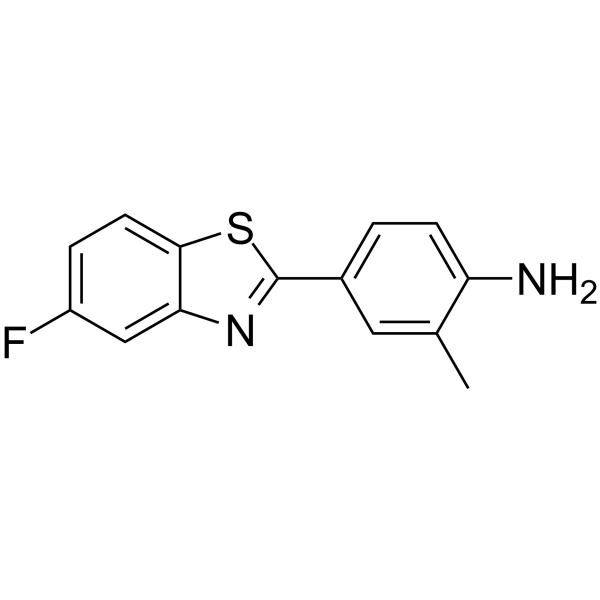
|
| DC23974 | Mps1-IN-3 Featured |
Mps1-IN-3 is a selective and highly potent Mps1 kinase inhibitor with IC50 of 50 nM.
More description
|
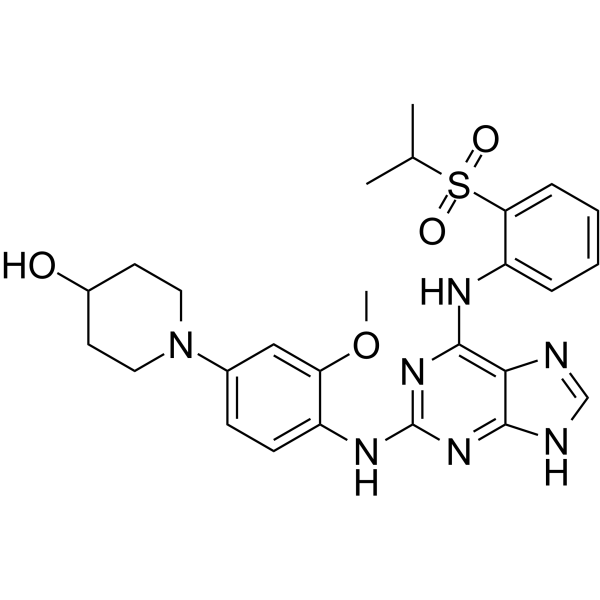
|
| DC75816 | Nisoxetine Featured |
Nisoxetine acts as a highly selective and potent noradrenaline transporter (NET) antagonist, exhibiting a binding affinity (Kd) of 0.76 nM. In addition to its antidepressant properties, nisoxetine functions as a local anesthetic by inhibiting voltage-gated sodium channels. This dual pharmacological activity makes it a compound of interest for both neurological and pain management research.
More description
|
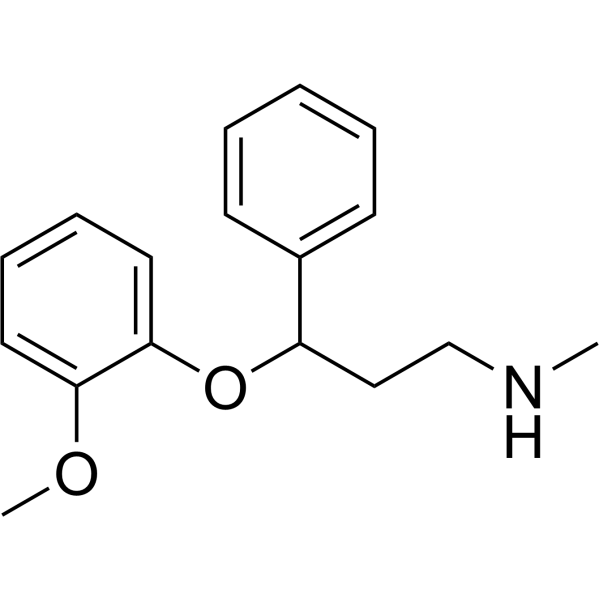
|
| DC7443 | Kobe0065 Featured |
Kobe0065 is a novel and effective small-molecule compound inhibiting Ras–Raf interaction by SBDD; exhibits potent activity to competitively inhibit the binding of H-Ras·GTP to c-Raf-1 RBD with a Ki value of 46 ± 13 μM.
More description
|
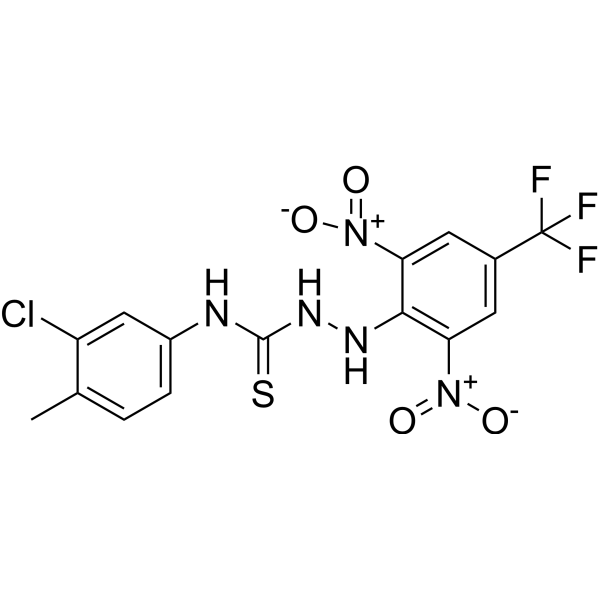
|
| DC22777 | FPH 2(BRD9424) Featured |
A small molecule that promotes differentiation of iPS-derived hepatocytes.
More description
|

|
| DC34603 | Fluxapyroxad Featured |
Fluxapyroxad is a broad-spectrum fungicide which inhibits the succinate dehydrogenase (SQR) enzyme.
More description
|
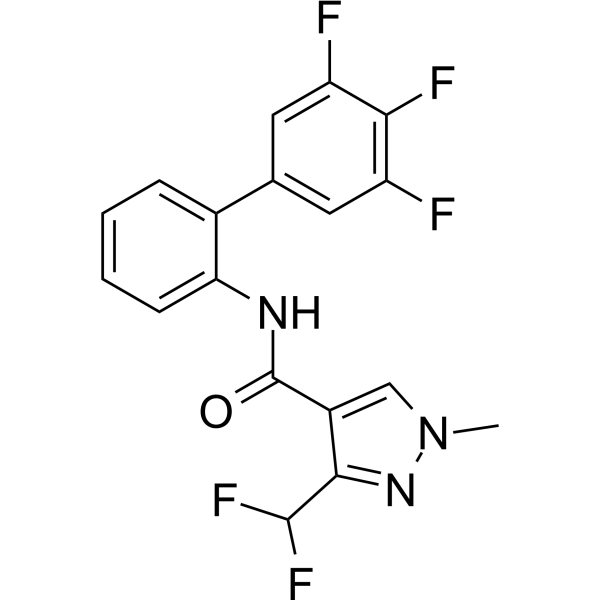
|
| DC23948 | AV-412 |
AV-412, also known as MP-412, is a second-generation, orally bioavailable dual kinase inhibitor with potential antineoplastic activity. EGFR/HER2 inhibitor AV-412 binds to and inhibits the epidermal growth factor receptor (EGFR) and the human epidermal growth factor receptor 2 (HER2), which may result in the inhibition of tumor growth and angiogenesis, and tumor regression in EGFR/HER2-expressing tumors. This agent may be active against EGFR/HER2-expressing tumor cells that are resistant to first-generation kinase inhibitors. EGFR and HER2 are receptor tyrosine kinases that play major roles in tumor cell proliferation and tumor vascularization.
More description
|
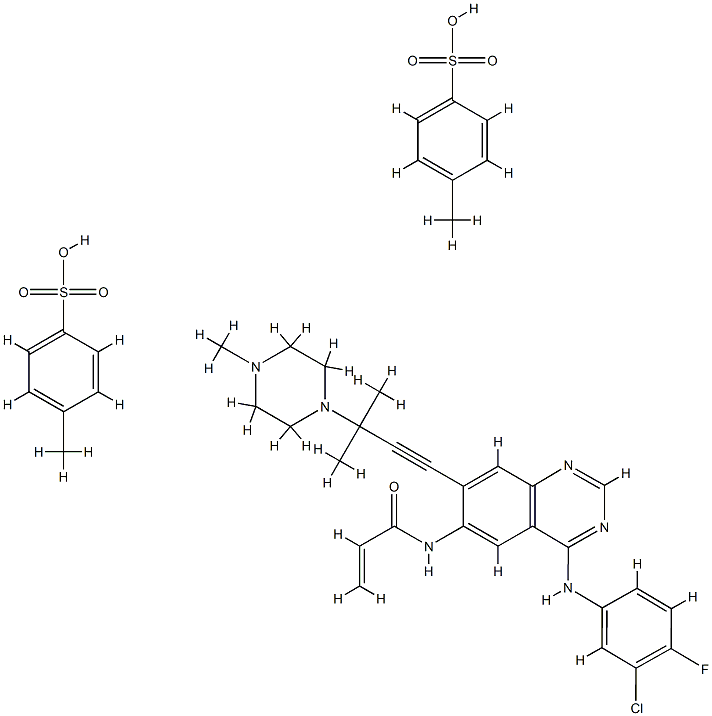
|
| DC75868 | AZ14133346 Featured |
AZ14133346 (compound 36) is a potent and selective inhibitor of EGFR Exon20 insertions, with the IC50 of 85 nM. AZ14133346 plays an important role in cancer research.
More description
|

|
| DC21160 | Jarin-1 Featured |
Jarin-1 represents a breakthrough in plant hormone modulation as the pioneering small-molecule inhibitor of jasmonoyl-L-isoleucine synthetase (JAR1).
More description
|
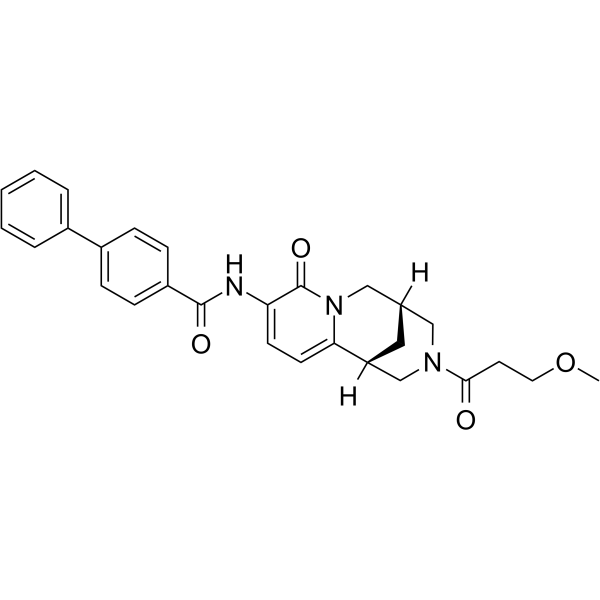
|
| DC32943 | MEK-IN-4 Featured |
MEK-IN-4 is a novel small-molecule inhibitor targeting the MAPK/ERK kinase (MEK) pathway with therapeutic potential across multiple disease areas.
More description
|
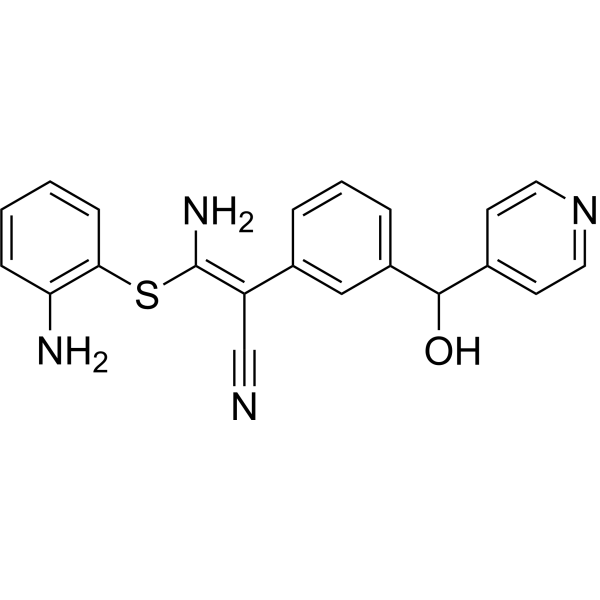
|
| DC20353 | Dafadine A Featured |
Dafadine-A represents a novel class of cytochrome P450 inhibitors with unique species-specific activity.
More description
|
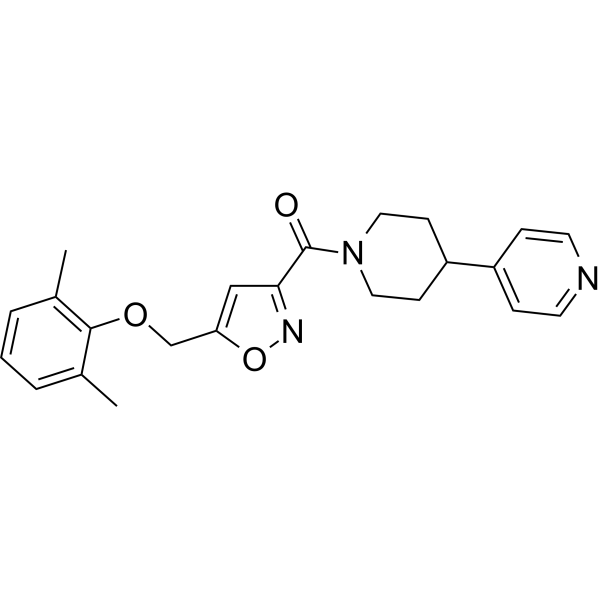
|
| DC75865 | TI17 Featured |
TI17 represents a novel class of targeted anticancer agents that specifically disrupt DNA damage repair mechanisms in malignant cells.
More description
|
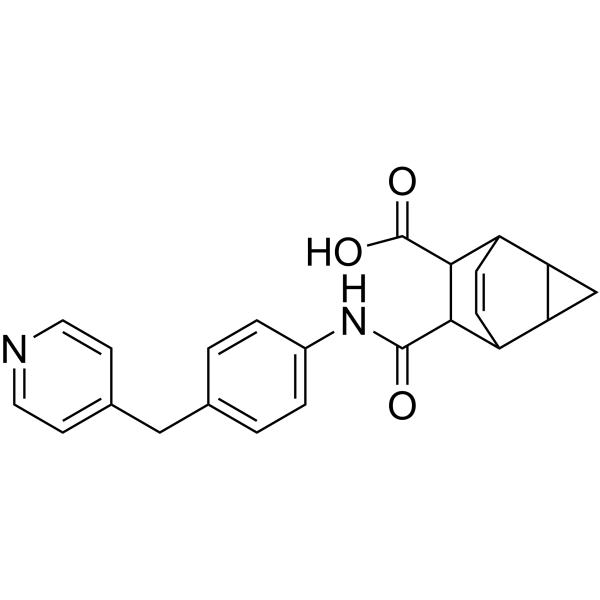
|